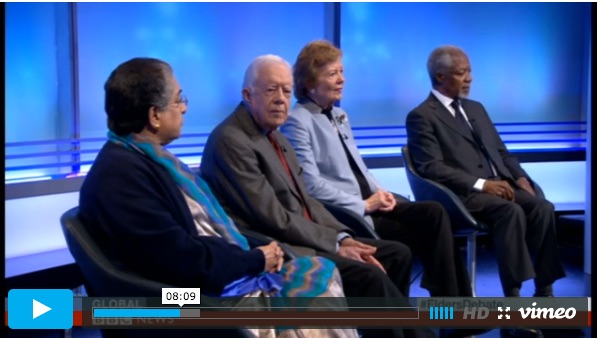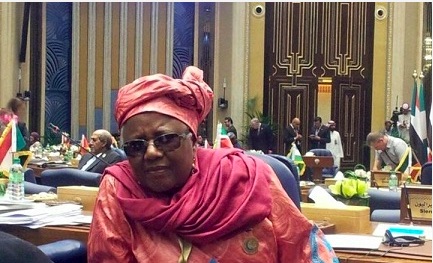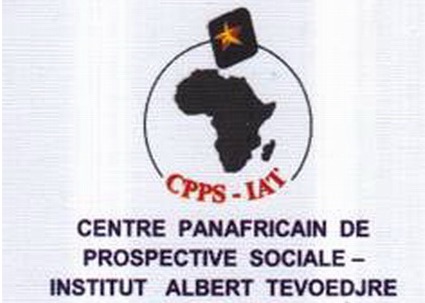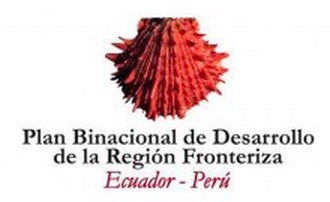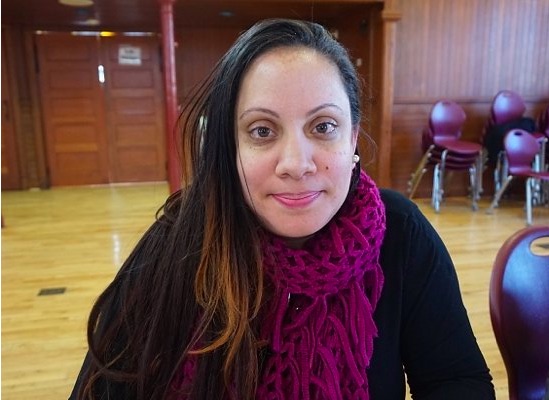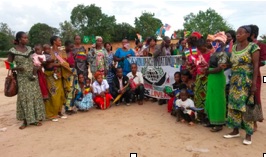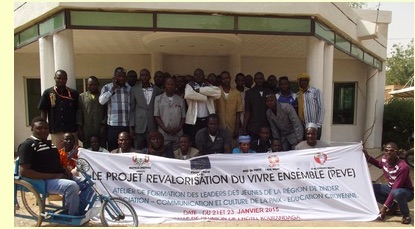TOLERANCE AND SOLIDARITY .
Excerpts from a publication by Ismail Serageldin
[Editor’s note: The author is head of the Bibliotheca Alexandrina in Egypt, one of the most important cultural institutions in the Arab world. The full essay is well over 100 pages, and readers are recommended to read it in detail. The following excerpts are an attempt to provide some of the main lines of his proposal.]
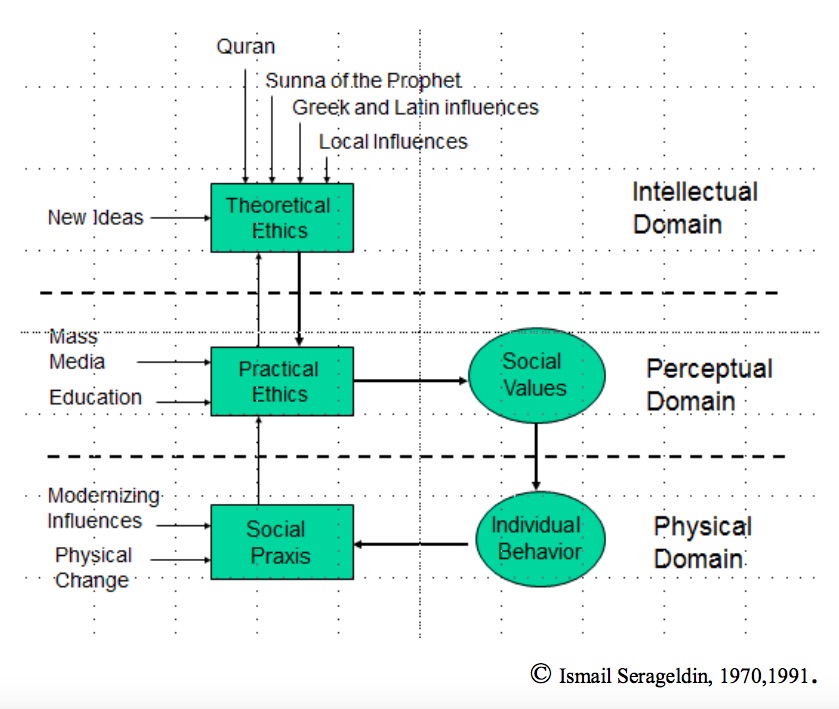
A Conceptual Model of Social Behavior
This essay represents my reflections . . . on the role
that the Library of Alexandria joining with all the cultural institutions of our society can play in confronting extremism and violence. The essay is composed of five major parts:
Culture in Egypt and the Arab world
On Extremism and Violence
The Dynamics of Cultural Change:
Elements of a Cultural Strategy:
Specific Programs
PART ONE: CULTURE IN EGYPT AND THE ARAB WORLD
. . . From isolationism to failed states to civil wars to new forms of barbarism, the political conditions in most of the Arab World could hardly be worse.
Violence is everywhere, terrorism and extremism are flagrantly challenging some governments who have but limited legitimacy, and millions have become homeless refugees both within their own countries and formally crossing frontiers into neighboring countries. Humanitarian crises are continuous.
We are witnessing a debacle of historic proportions. Why? Is it fair to refer to an Arab World? Or does each individual country have its own distinct identity and its own individual history that brought about its own demise?
For most of the Arab World, identity is based on culture, and specifically a shared language. . . Different Arab Countries have different histories and therefore have different identities, but they share an overarching identity of being Arab. . .
The fact is that we are all given multiple identities by birth and upbringing (gender, race, ethnicity and family, national origin) and usually we grow up learning the language of our milieu and accepting the religion of our parents. Most children adopt their parents’ religion and few convert to another religion at a later stage. We usually acquire some other identities such as group or club affiliations, political positions, etc. Fanatics want people to reduce their identities to one overarching identity, be it religious, ethnic, or political. This is obviously at the expense of pluralistic affinities and the multi-layered reality of modern society. This point has been forcefully made by Amartya Sen and by Amin Maalouf. . .
. . . the most extreme forms of barbaric terrorism being displayed by the forces of the so-called “Islamic State” in Iraq and Syria (ISIS) is a manifestation of the combination of several historic broad societal currents:
* The intellectual bankruptcy of many of the Arab regimes over long periods of reign preceding the revolutions of the Arab Spring. Their inability to renew the social contract in a meaningful fashion, and the continued monopolization of power by a mediocre elite that suppressed youthful talent and imposed a system of patronage for political and social advancement.
* The re-emergence of political Islam, long suppressed by a nationalist and secular political narrative, but given new wings by the Iranian revolution, the funding of the oil states and rich Arab individuals and the emergence of Hizbullah in Lebanon during the long civil war there and its role against the Israeli war in Lebanon. These and other factors were “topped up” by the return of the “Afghan Arabs” who were allied to the native Mujahedeen against the Soviet invasion of Afghanistan, which yielded the Taliban regime there.
(article continued on the right side of the page)
Question for this article
Islamic extremism, how should it be opposed?
Readers’ comments are invited on this question and article. See below for comments box.
(article continued from the left side of the page)
* The American invasion of Iraq in 2003 and the subsequent mismanagement of the tense ethnic and religious cleavages in that society dealt a traumatic blow to the self-confidence of Muslims, who viewed the direct invasion by America and its allies of both Iraq and Afghanistan, as a direct humiliation of Muslims by the West. Furthermore, the systematic murder of civilians by the use of drones in Pakistan, Afghanistan, Yemen and elsewhere; all served to inflame sentiments of victimization that fed the Muslim majorities’ emotional despair and consequent greater readiness to accept more extreme positions that would promise a return of a modicum of self-esteem and dignity in the face of perceived continued humiliation.
* The continued Israeli occupation of the Palestinian territories and the incompetence of Fatah and its leadership which brought forth Hamas in Gaza.
* The emergence of a powerful tyrannical bureaucracy, especially in Egypt, which stifles and alienates all who deal with it. This type of bureaucratic tyranny had already been identified as a cause of the youthful rebellion of the 1960s throughout the west.
So the manifestation of fanaticism and extremism is a renunciation of the more subtle and multi-layered reality of multiple identities. It is an effort that rejects equality of gender, and religions and seeks to impose its will by force. It draws on the religious fervor of new converts and on the bruised local identities of victimized people to mobilize forces against others, e.g. Sunni Arabs in Iraq in the last decade. It is sapping the energies of youth by ever more extreme displays of violence and rejection of any discussion. The cultural battle ahead is therefore one that must assert pluralism and exalt its enriching aspects, while it develops the more complex set of identities that each of us possesses. . .
CULTURES
. . . When we talk of the cultural scene, it encompasses a wide range of activities: literature (including poetry, plays, novels and short stories), the visual arts (including the graphic arts, painting and sculpture), music, dance, theater, cinema, architecture and the built environment. The cultural scene also involves journalism, TV and the Mass Media, as well as books and publications, plus the new domains of cyberspace and virtual reality. Artistic and cultural endeavors also require teaching and criticism, and the publications and venues needed for both. . .
Clearly, an exhaustive review of all the above would be beyond the scope of this essay. However, we can try to show some highlights that would touch upon much more than one angle or even a sector of activity, especially that it is one of our premises that we need to promote pluralism in all these cultural domains. . .
PART FOUR: ELEMENTS OF A CULTURAL STRATEGY
. . . But if in the end the cultural output produced by our artists and intellectuals is to have an impact, to be internalized in the system, we also need the context in which they produce that work, and within which the society that they address receives it. Thus issues of governance, of democratic representation and of inclusiveness need to be looked at and addressed in any reform effort. Authoritarian governments, even if they bring stability and security in the short term, will always end up alienating those who are excluded from decision-making and those who feel they have no future in that society. Public involvement in the public realm is necessary. The Agora and the Aeropagus cannot be just for the elite or for tolerated artists and intellectuals if societal change is what we hope for , profound societal change where society will marginalize the extremists and will reject violence and celebrate diversity and rationally debate issues for the country’s future.
To create a climate where pluralism will prevail, where a culture of science will permeate our way of thinking, and where human rights will be considered the most important treasure we possess as a society, recognizing that the abridgement of the rights of any of us is an abridgment of the rights of all of us, we must build a socio-cultural framework that equally promotes security and freedom of expression. . .
[Editor’s note: In part five of his essay, Serageldin proposes specific policies to facilitate the arrows in his diagram of a perceptual model of social behavior shown above: the influences of the Quran, the Sunna of he Prophet, Greek and Latin influcences, local influences, new ideas, mass media, education, modernizing influences and physical change, as well as the many arrows within the diagram for the integration of its components. He explains how the arts, cinema and theatre provide “seeds of hope.” He provides proposals for funding. And he concludes as follows.]
To respond to the challenge posed by the presence of extremism in our midst, and to defeat the armies of violence and terrorism, by the power of ideas that will spread throughout society, ensuring openness to the other, adoption of the new and the celebration of diversity and pluralism… A true Cultural Transformation — That is how we will respond to the Challenge!
